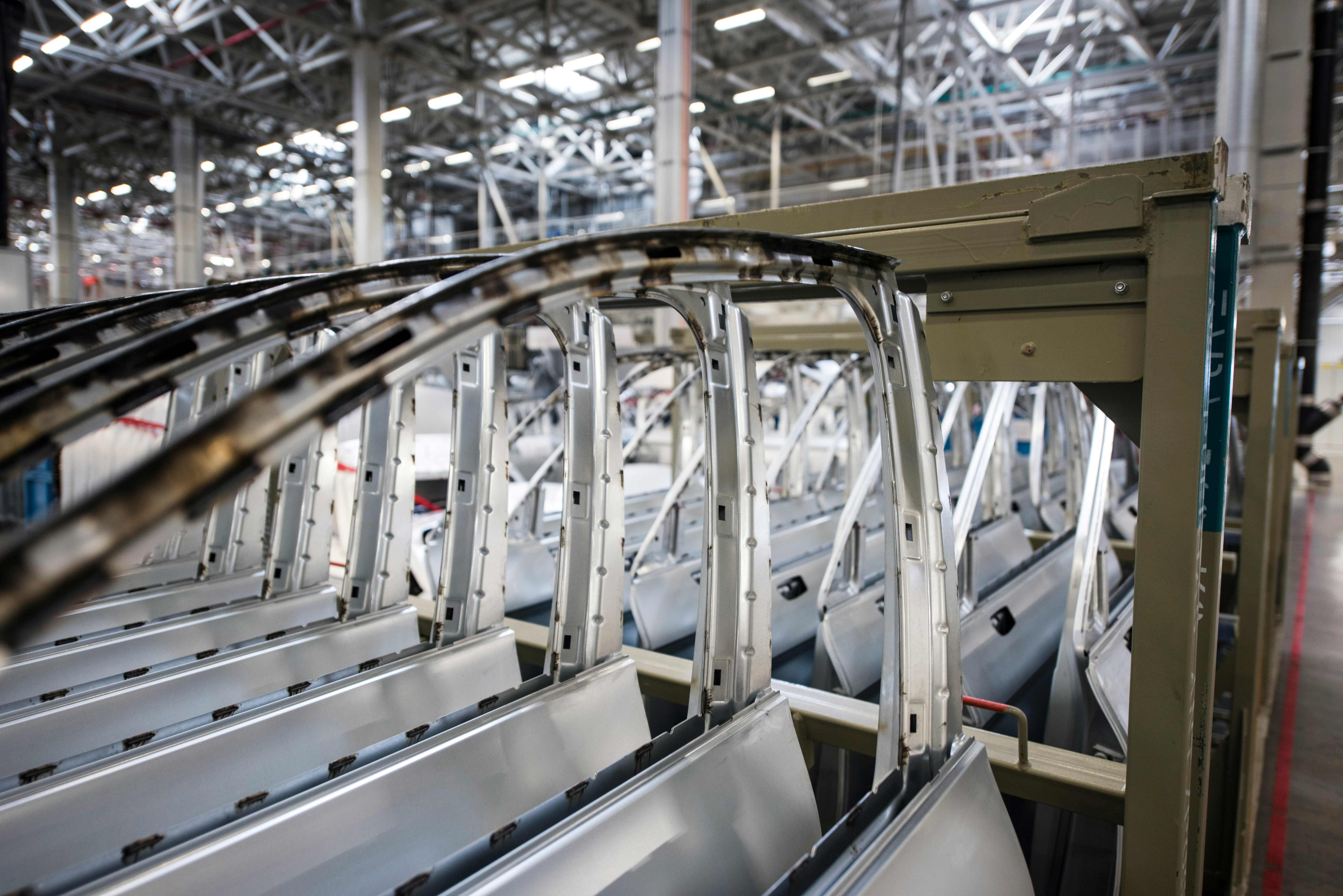
Implementing O.E.E. in an operational environment offers several benefits for organisations striving for improved operational efficiency (Operational Excellence, Continuous Improvement mindset) and competitiveness.
Below we share 10 benefits we notice from Stanwick from various Operational Excellence and Lean projects that worked on O.E.E.:
- Avoiding sub-optimisation: as O.E.E. is not 1 magic number but consists of different dimensions (see calculation O.E.E.), it provides a cross-departmental KPI. Different departments thus work together towards 1 common goal. As a metaphor: we row as an organisation in the same direction that way and we don't make 1 rower faster than the others.
- Deep insight: O.E.E. provides detailed insight into the performance of operational processes, allowing organisations to better understand where and why losses and wastes occur. This insight forms the basis for targeted improvement efforts. "Let the data do the talking, not the engineers".
- Efficiency improvements: By implementing and tracking O.E.E., organisations can identify the specific causes of losses, such as downtime, speed loss and quality problems (see components of O.E.E.). This enables them to take targeted action to minimise these losses and increase overall efficiency. "Everything you give attention to, grows".
- Cost savings: Reducing unplanned downtime, minimising rejects and improving output quality leads to significant long-term cost savings.
- Increased productivity: By optimising process performance and quality, organisations can achieve more with their existing resources and capabilities.
- Improved production planning and responsiveness (agile): O.E.E. enables organisations to plan better from the insights into performance loss, helping to anticipate potential bottlenecks.
- Quality improvement: Because O.E.E. measures the quality component, it helps identify quality problems and defects. This results in improved product quality and reduces the amount of rejected products.
- Culture of continuous improvement: O.E.E. promotes a culture of continuous improvement within the organisation. Employees are encouraged to proactively solve problems, address inefficiencies and contribute to process optimisation.
- Data-Driven decision-making: O.E.E. implementation requires accurate data collection and analysis. This allows organisations to make decisions based on actual data, resulting in more informed decision-making and less assumption-based strategies.
- Competitive advantage: Organisations that implement O.E.E. effectively can strengthen their competitive position. They can respond more flexibly to market changes, fulfil customer needs better and be a more attractive partner for collaborations.
From Stanwick, we have supported several O.E.E. improvement programmes in both SMEs and international (multi-site) organisations. Using O.E.E. as a KPI in organisations offers both short-term and long-term measurable results and this in different areas in production:
- Machine
- Reduced downtime and maintenance costs
- Better equipment life cycle management
- Employees
- Increased productivity by improving visibility in operations and empowering operators
- Process
- Increased productivity by identifying bottlenecks
- Quality
- Higher quality, less waste
What is the role of a Stanwick consultant in O.E.E. improvements?
From Stanwick, we have 3 possible roles that we include in operational excellence processes where we improve overall equipment effectiveness (O.E.E.):
- Stanwick trainer
- Stanwick consultant
- Stanwick interim project manager
Learn more about the 3 roles: https://www.stanwick.be/en/about-stanwick
What are the Stanwick cases in Operational Excellence projects?
From Stanwick, we have supported several O.E.E. transformation projects in numerous industries (chemical, pharmaceutical, petrochemical, food, construction).
Learn more about our cases: https://www.stanwick.be/en/cases
Feel free to contact us for more info.
Jeroen Van den Hove


